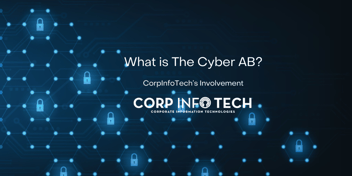The COVID-19 pandemic was arguably the catalyst for the new trend of hybrid work models in which many employees prefer to work from home remotely. While many organizations have opened back up, many companies still are allowing varying degrees of remote work for their employees. Employees prefer the flexibility and convenience of working from their own homes and in some cases using their own personal devices and network.
While we have seen increases productivity and worker engagement, this model of work does come with a few caveats. The hybrid work model has inherent security flaws that must be addressed to protect the business continuity of your organization. For this, Zero trust is the solution.
What is Zero Trust?
The zero trust mindset operates under the assumption that your organization will be breached or attacked at some point. Instead of banking on the possibility that bad actors won't target you, zero trust prepares for the worst as if it is a certain outcome.
There are a few principles that zero trust architecture is grounded in, the first being the rule of least privilege. The rule of least privilege only allows employees access to what they need to do their job. Allocating network resources too broadly can widen your attack surface beyond what is necessary. If just one employee has access to a network resource, they shouldn't it could cascade into a much larger data breach. Implementing this rule with your remote workers is a fundamental step in implementing zero trust security.
Another aspect of zero trust is authentication and verification. Only trusted employees should have access to your organizations network resources and maintaining this will call for continuous verification in the form of strict and complex login credentials. Authorize your users before they begin and during a network session. The key to effective zero trust solutions is reducing your attack surface. Hybrid work inherently opens up your attack surface and leaves your network open to intrusion so segmenting your network into security zones can better shrink the potential for attack.
Zero Trust and remote work
Security is not an option in today's world and working remotely doesn't mean you need to be lax in your cybersecurity implementation. CorpInfoTech implements zero trust solutions in our own environment, so we know the benefits that come with it.
Implement ZTA within your organization as soon as possible so that whether your employees are working in the office or from their home they are secure in whatever they do.




